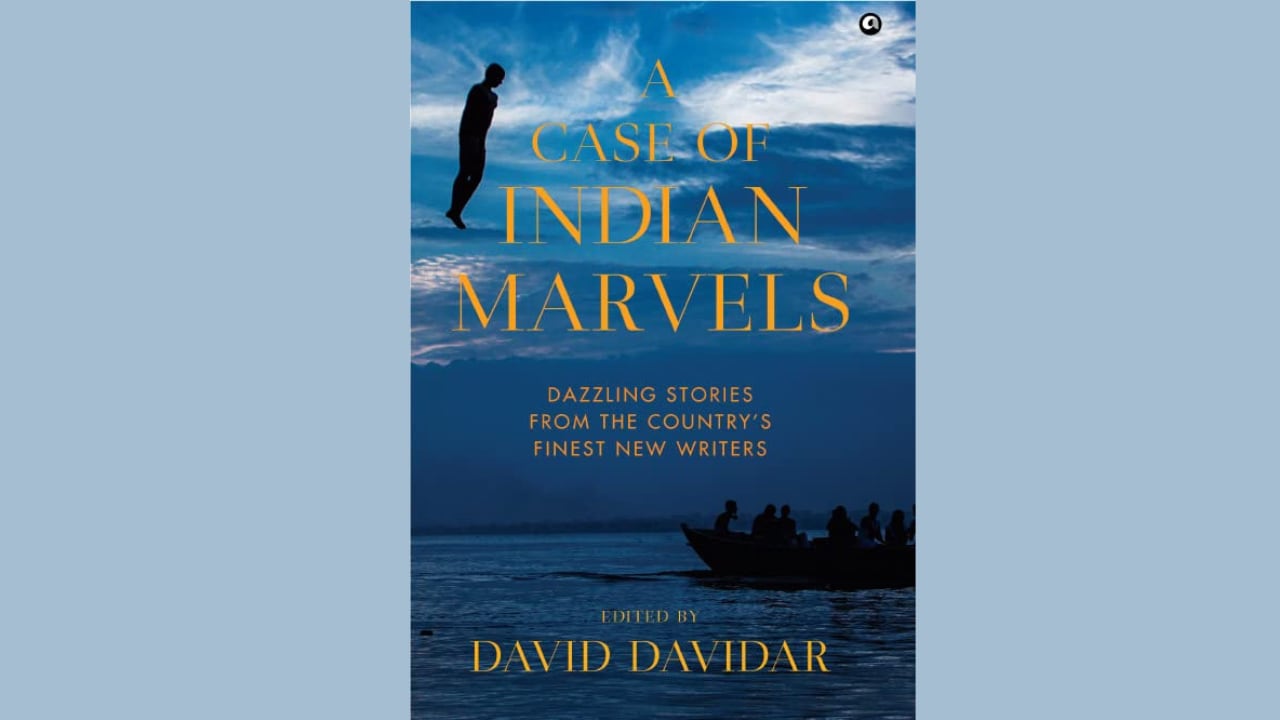In 1985, a young David Davidar was offered a chance to head a publishing house in India. R K Narayan asked him around that time – “why do you bother? There’s nothing here to publish.’
Fast forward 37 years to this delightful book ‘A Case Of Indian Marvels’, an anthology of short stories that meet one simple criterion – “I read a line and I liked it enough to read the next.” Perhaps a very simple yardstick but effective nonetheless. Here’s another parameter for you – ‘a short story must be short and have a story.’ Very pithy indeed. We love such simplicity because it helps literature travel a little more.
The anthology has names we know, such as Samhita Arni, Meena Kandaswamy etc; and names we don’t. In the introduction itself, Davidar explains that short stories as a format started in Bengali with Purnachandra Chattopadhyay publishing Madhumati – India’s first recorded short story, in 1870. And therein lies the magic – the sheer breadth of cultural settings that India has to offer in which you can weave a short story. Here’s what stood out for me.
1. For a while now, Indian writers have been proudly using words from native languages with no explanations or translations for foreign audiences. Writer Bhavika Gohil takes this a step further – her syntax and spellings too are very Indian – “On the fourth floor, an Auntie lives,” she writes. Are we creating our own rules for Indian writing in English? What do you think?
2. The translated stories are absolute must-reads. That’s not to say that the rest aren’t. But Raam Mori’s ‘twenty-first tiffin’ translated from Gujarati is the kind of emotional story that everyone can relate to.
3. Short story number twenty six introduced me to the Kashmiri word ‘gobyaer’- which means heaviness. Writer Sadaf Wani talks about the heaviness of ‘not being perceived.’ The heaviness of ‘a sense of self that is unresolved and perpetually in doubt.’ Imagine the plight of an entire cohort that lives constantly in this ‘gobyaer.’
4. 16 year old ‘Thenmozhi’s’ rash just below her neck – is the subject of intense conversation in a story set in Tamil lands. What on earth gave her the rash? Is she the Spider Girl as the name of the story suggests? Writer Pritika Rao keeps you on edge.
5. India’s unsung home-makers will love the story ‘my grandmother talks about shit.’ Many don’t realise that it’s a regular day of unpaid labour in a housewife’s life to clean the excretions of her old in-laws. They keep ‘cleaning shit’, unappreciated and unrecognised.
So pick up the book and discover your favourite short story – there are 40 in there – and tell me about which one you liked and why.
The anthology reminded me that we are richer because we hear the voices of others. In their own languages, their native settings and their compunctions. At its core, literature is about facilitating a broader understanding of the world around us – and while non-fiction may claim hegemony over this – fiction such as this, is truly special.
Reeta Ramamurthy Gupta is a columnist and bestselling biographer. She is credited with the internationally acclaimed Red Dot Experiment, a decadal six-nation study on how ‘culture impacts communication.’ On Twitter @OfficialReetaRG.
